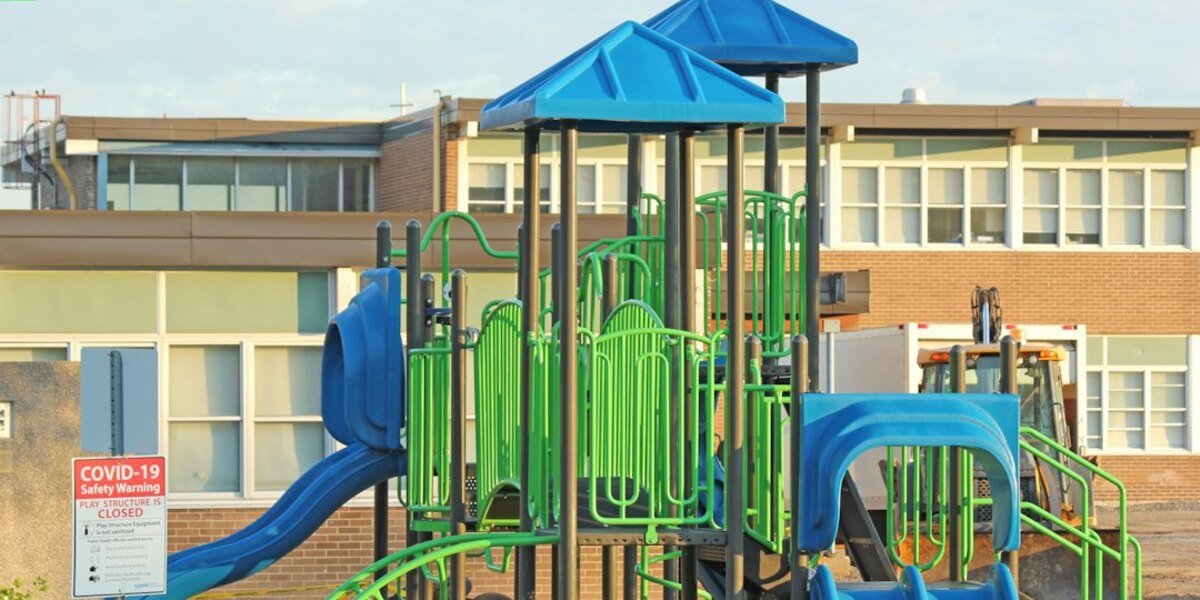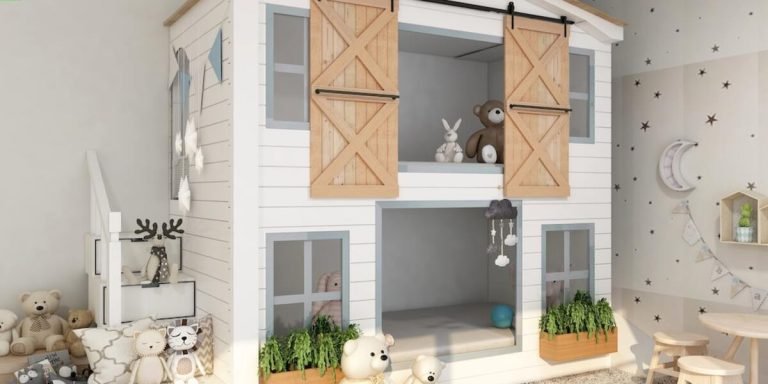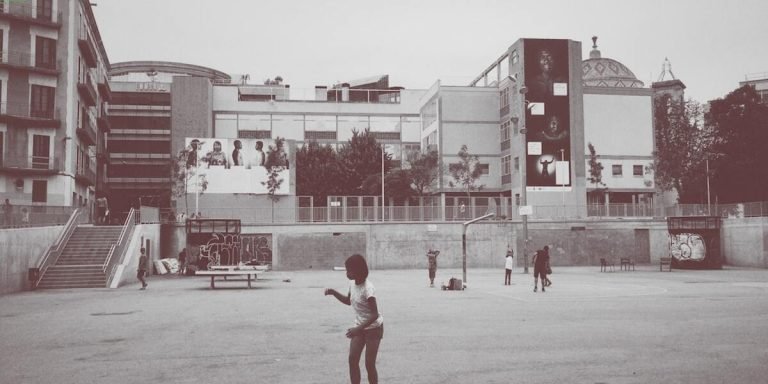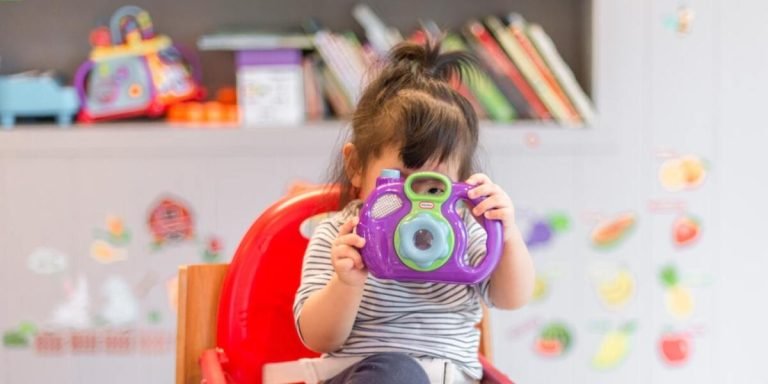Visual Learner Characteristics: A Comprehensive Guide for Parents and Educators
Understanding the visual learner characteristics can greatly enhance a child’s learning process. Visual learners, as the term suggests, absorb information best when they see things visually like diagrams, graphics or demonstrations. Recognizing these traits early on and structuring their studies around it can enhance not only comprehension but also retention of knowledge.
The focus of this comprehensive guide is to delve into Activity Based Learning (ABL), an effective educational approach that works well with visual learners. ABL makes use of hands-on tasks and activities – providing avenues for children to interact directly with concepts rather than just reading about them in textbooks or hearing lectures.This tactile interaction facilitates better understanding making learning much more impactful and enjoyable for kids who possess strong visual learner characteristics.
Did you know?
Did you know? Approximately 65% of the population are visual learners. This means they understand and retain information better when ideas, words, and concepts are associated with images.
Understanding the Impact of Activity-Based Learning on Visual Learners
Activity-Based Learning (ABL) has been effectively reshaping our traditional educational methodology. With the integration of technology in education, this pedagogical approach is becoming more effective and engaging for specific students’ groups, especially visual learners.
Visual learners are those who readily absorb and retain information when it’s presented to them visually rather than orally or by text alone. Their characteristics include a preference for images, graphical representations, charts and diagrams among other visual aids that help convey concepts with utmost clarity while enhancing their comprehension abilities simultaneously. In 2023 we’re seeing an increasing shift towards personalized learning practices catering particularly to these particular learner types.
Activity-Based Learning (ABL) methods, facilitated through educational technology platforms like virtual laboratories, interactive simulations, and augmented reality systems, significantly improve knowledge acquisition among visual learners. These tools let students visualize and experientially explore theoretical aspects for a deeper understanding. Students can reassess the material repeatedly until they grasp every detail, promoting faster consolidation of content into long-term memory.
Characteristics of Visual Learners in an Interactive Classroom
In the interactive classroom of today, one can’t ignore visual learner characteristics. These learners are significantly impacted by activity-based learning methods that integrate technology in education. As we delve deeper into this topic, let’s first acknowledge who these visual learners are.
Technology plays an instrumental role in delivering such experiences to students displaying strong visual learner characteristics.
Imagine incorporating augmented reality (AR) during history lessons – introducing children to extinct animals or showcasing ancient civilizations right within their classrooms! This could potentially engage students on an unprecedented level.
Simultaneously digital whiteboards can enhance traditional teaching methods using diagrams & mind maps for explaining complex ideas while educational games emphasize experiential understanding.
These tools not only cater to the needs of modern-day schooling but also target those exhibiting intense visual learner traits.
Moving ahead from recognition towards implementation is where Activity-Based Learning shines brightly.
Activity-Based Learning focuses on active student participation instead of passively receiving knowledge from teachers- creating chances for higher retention rates among students-so critical amongst our tech-savvy generation!
Through activities that use projectors for video presentations about science experiments or computer simulations demonstrating math theories; teachers tap into individual strengths further refining these unique qualities within each child.
How Activity-Based Instruction Enhances Retention for Visual Students
Visual learners are a significant portion of our student population, with characteristics that make them unique. These students process information best when it is presented visually, be it in the form of diagrams, images or videos. Activity-based learning (ABL) can play an instrumental role in enhancing their academic performance and retention rates.
Research shows that visual learner characteristics include a strong ability to remember details from pictures or written material seen previously. Therefore, implementing ABL strategies tailored for these learners could significantly boost their engagement level and recall capabilities.
One effective technique would involve integrating technology tools into lessons as they can provide practical visuals suited to this group’s needs. For instance, interactive whiteboards allow educators to display content using multi-media items like photos and videos which grab attention quickly due its appealing nature – fostering better understanding among visual-oriented students.
Implementing Activity-Based Strategies Targeted at Visual Learner Strengths
Understanding the characteristics of visual learners is crucial in framing an effective curriculum that caters to their unique skills. As we navigate through 2023, it’s hard not to notice how technology has revolutionized every aspect of our lives including educational methods and techniques. With all this change happening at such a rapid pace, let’s delve into some strategies targeted specifically towards enhancing learning among children who are enriched visually.
Integrating technology with education provides an engaging platform for activity-based learning where visual learners can thrive exceptionally well. These students typically excel when they consume information in forms like demonstration videos or interactive graphical illustrations rather than traditional texts. By leveraging various technological tools and platforms, educators can transform mundane lessons into compelling animated graphics or even immersive augmented reality experiences – making classwork less tedious and more appealing for visual-oriented minds.
Interactive online games also pose as powerful resources for implementing these activity-based strategies. They bring together dynamic visuals along with real-time interactivity – extending beyond rote memory exercises by adding context and scenario-based problem-solving tasks which significantly aids understanding from a holistic approach.
Designing Engaging Activities That Cater to Visual-Spatial Intelligence
Understanding the various visual learner characteristics allows educators and parents to tailor activity-based learning strategies that stimulate these unique strengths. The pursuit of this understanding leads us right into our focus: Designing engaging activities targeted at enhancing visual-spatial intelligence in children.
With advances in technology paving new avenues year after year here in 2023, integrating high-tech tools into education has been proven effective. Virtual reality (VR), for instances offers immersive environments where students could literally “see” historical sites or scientific concepts come alive instantly instigating their interest and retention capabilities.
Another brilliant blend of technology with classic pedagogical methods would be incorporating videos into lesson plans — there’s an abundance of educational clips available online today from trusted sources like Khan Academy to YouTube Edu channels which serve as excellent supplemental resources reinforcing complex topics through visually-rich content.
Then we have interactive digital platforms such as Kahoot!, Quizlet among others offering games and quizzes loaded with attractive graphics making revision sessions significantly more enjoyable inspiring deeper comprehension amongst young minds favoring visual cues over traditional text-heavy material.
Leveraging Multimedia Tools to Support Visualization Skills
Understanding visual learner characteristics helps educators tailor their teaching methods to cater for these students. In the world of technology-driven education, employing multimedia tools can greatly aid visualization skills and foster activity-based learning.
Multimedia tools hold incomparable power in developing strong foundational knowledge among young learners, especially those who have a predisposition towards understanding information presented visually. These include educational videos, presentations with striking illustrations or images and interactive applications that facilitate cognitive map development.
One key strategy is integrating virtual reality (VR) into classroom activities; this provides an immersive environment matched to visual learner strengths. Students can visualize complex theories like never before – say biology concepts through 3D models of human anatomy – undoubtedly making lessons more engaging while solidifying comprehension on varying subjects.
Similarly, graphic designing software takes limelight as it allows children to create artistic representations of what they learn – matching historical events with chronological graphics or depicting animal habitats via vibrant art creations stimulates creativity along with factual retention in a fun way.
Moreover, teachers could harness interactive whiteboard’s potentiality for problem-solving exercises during classes which provide tactile stimulation alongside visual engagement; connecting abstract theories within tangible frames becomes easier thus fostering better recall capabilities later on.
Even outside school hours the online availability of flashcards databases allow continuous revision from home itself – reinforcing learned concepts by leveraging repetitive exposure characteristic beneficial particularly for our focus demographic: Visual Learners! The best part? Teachers/Parents are easily updated regarding progress ensuring nothing slips cracks unnoticed!
Assessing and Gauging Progress in Visual Learners Through Practical Tasks
Visual learner characteristics are palpable, and assessing their progress requires a thoughtful approach. As we delve into the era of technology integration in education, practical tasks form an essential part of evaluation metrics for these learners. The fusion of technology with activity-based learning is reshaping the teaching methodologies by making them more interactive and fostering better comprehension among students.
It’s evident that visual learners grasp information best when they observe pictorial or graphical presentations rather than merely relying on words. Involving them in activities such as creating mind maps using digital tools can vastly enhance their understanding while providing teachers valuable insights about each child’s cognitive development process.
Emphasizing hands-on experiences plays a massive role here too. Pairing theoretical lectures with practical assignments allows visual learners to understand concepts effectively through immediate application while demonstrating what they have absorbed during lessons practically.
Effective Methods for Measuring Improvement in a Kinesthetic Environment
Visual learning, an integral part of modern education, hinges on the individual child’s ability to interpret and understand graphical information. As a visual learner demonstrates unique characteristics that set them apart from others in terms of absorbing knowledge, it becomes essential for educators and parents alike to grasp these traits comprehensively.
One effective method involves introducing technology integration into their learning environment. Use interactive educational tools such as Smartboards or digital graphic tablets – this not only eases teaching complex concepts but also provides real-time feedback on their understanding level.
Furthermore, since one chief characteristic includes preference for physical activity while learning – consider promoting project-based assignments encouraging hands-on interaction with study materials; For instance: building geometric models during math lessons aids solidifying abstract concepts much faster than traditional methods alone would allow.
Another potential strategy is utilizing immersive technologies like Virtual Reality (VR) or Augmented Reality (AR). This contemporary approach has proven beneficial at accommodating different types of learners including those who are visually inclined— mapping out historical battlegrounds for history classes serves as a great example here.
Tailoring Assessment Techniques to Meet the Needs of Diverse Learning Styles
The art of education is directly linked to understanding diverse learning styles and successfully tailoring assessment techniques. A clear comprehension of visual learner characteristics can assist educators in formulating strategies that align with activity-based learning.
Visual learners respond best when they use sight for receiving information, hence it’s vital to incorporate elements such as videos, images or diagrams into the curriculum. Let’s delve deeper into how we can articulate assessments aimed at enhancing a visual learner’s educational journey in 2023.
With ‘Technology Integration in Education’ being intrinsic nowadays, assignments requiring creating slide presentations or interactive graphics engage students by offering tangible results useful for gauging progress effectively . This technique could involve utilizing graphic design apps which give a live demonstration on harnessing technology while imparting knowledge creatively.
collaborative class activities featuring mixed media resources encourage peer interaction fostering team spirit whilst retaining interest among visual learners who typically enjoy stimulating environments.
Conclusion
As we wrap up our exploration of visual learner characteristics, it’s important to remember that each child blooms in their own unique way. Recognizing and understanding your child’s or student’s learning preferences with respect to these indicators is just the first step towards creating an inclusive, effective and fun-filled learning environment for them.
With this comprehensive guide at hand on our website, we hope you feel empowered as parents and educators to support children who display traits associated with being a visual learner. Browse around! We’ve got plenty more resources designed specifically to help you navigate through the fascinating journey of childhood education; from practical advice articles, tips & tricks section to supportive community forums where shared experiences lead us all one step closer towards enriching young minds–and shaping tomorrows’ leaders.







